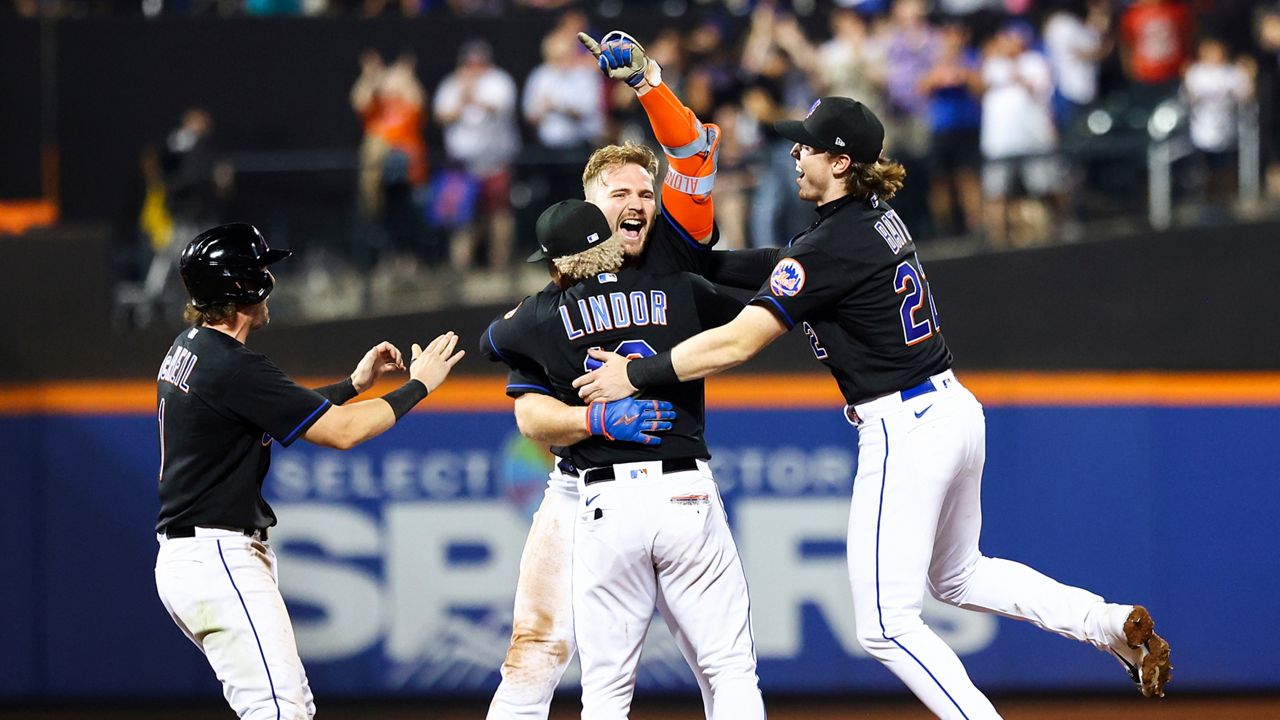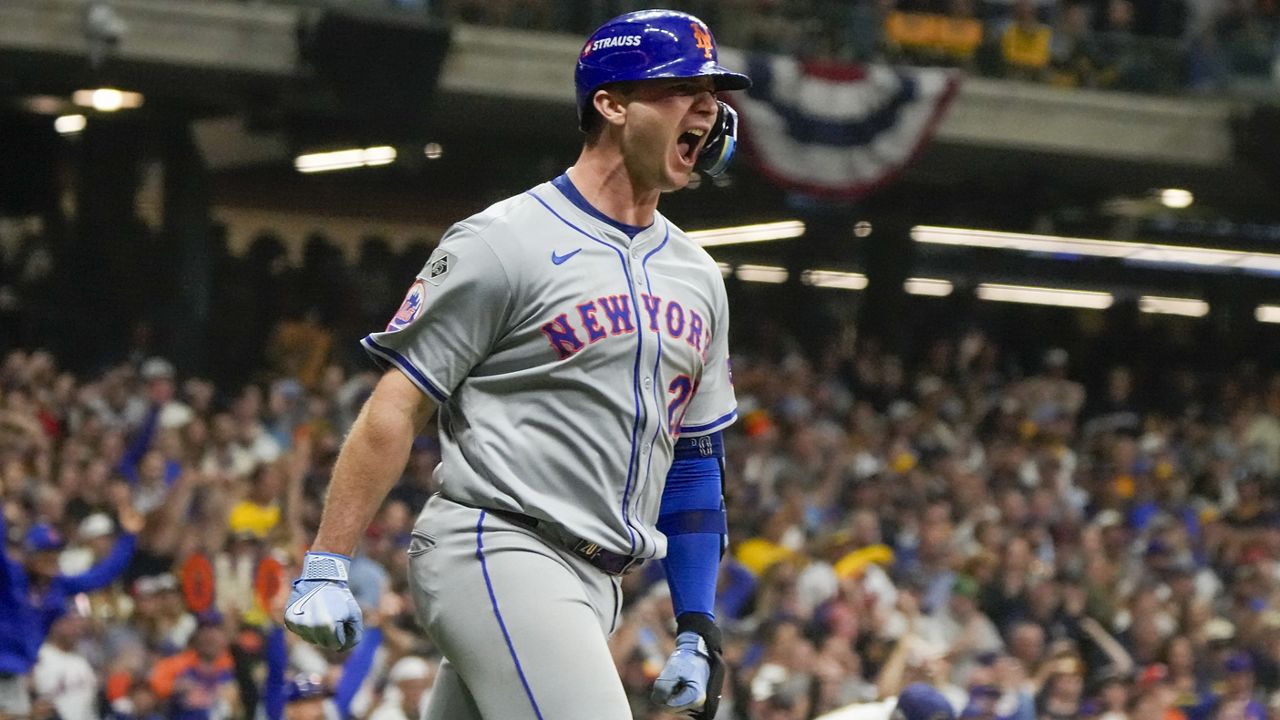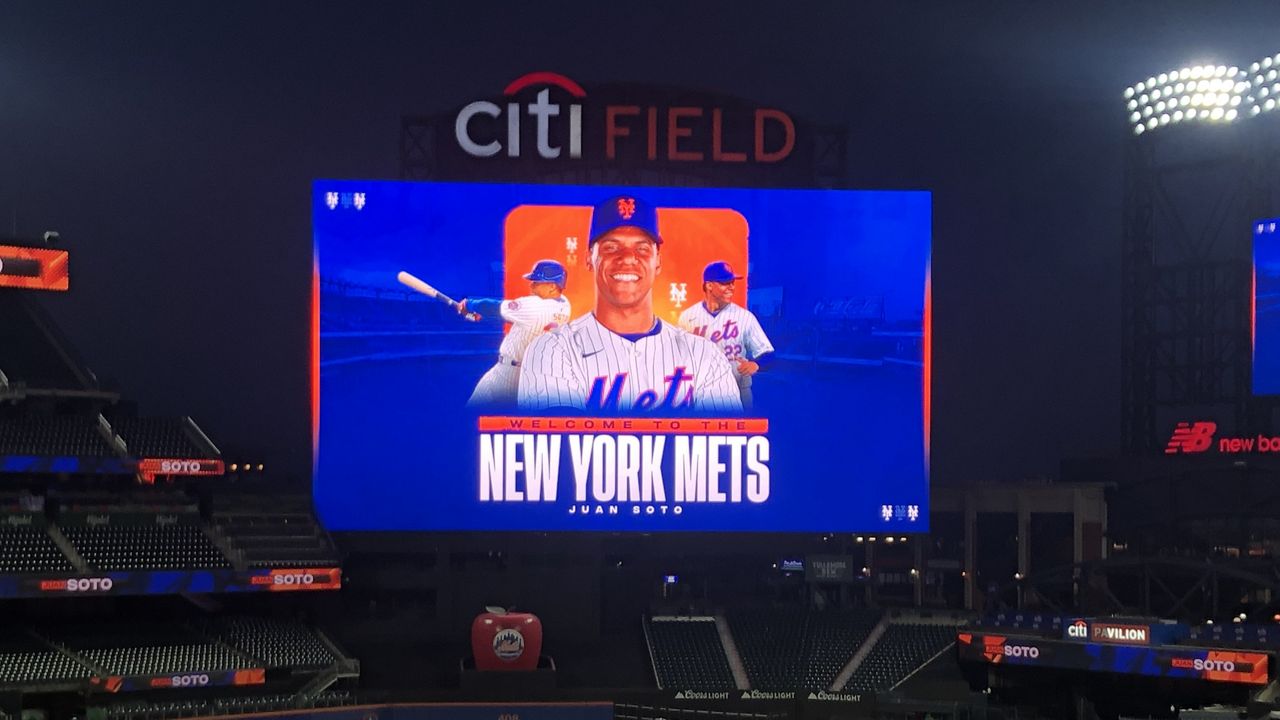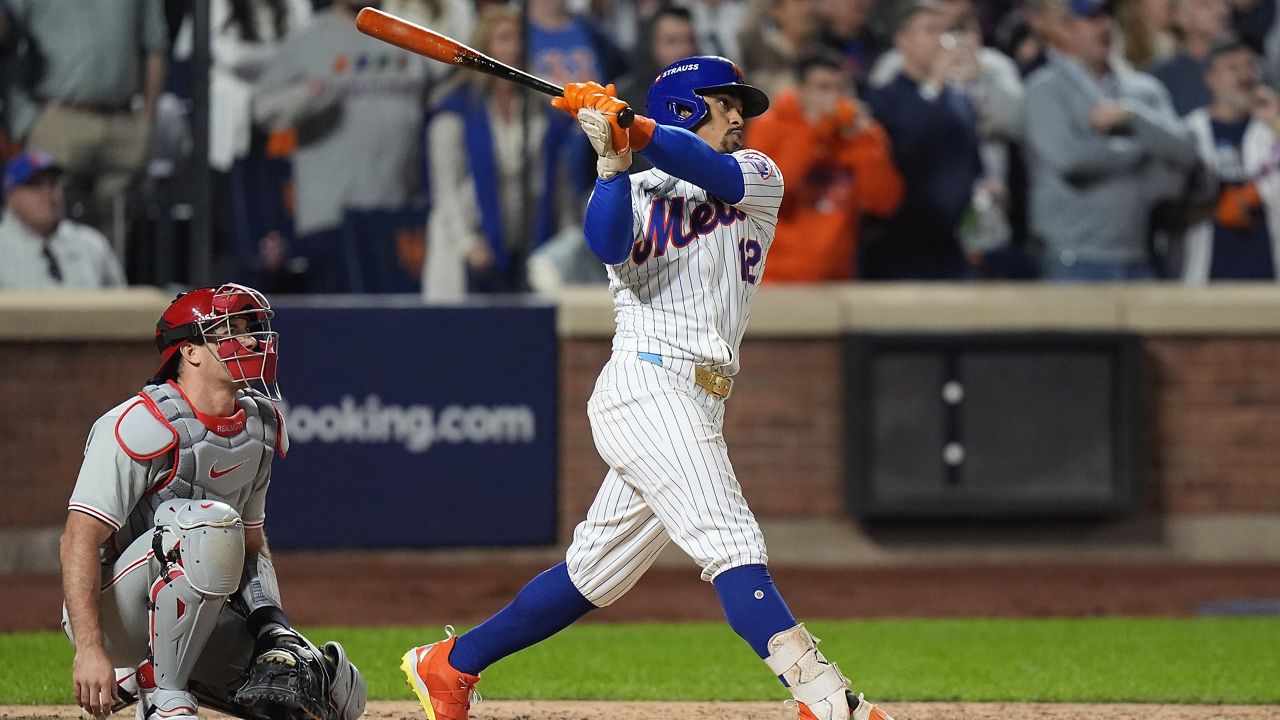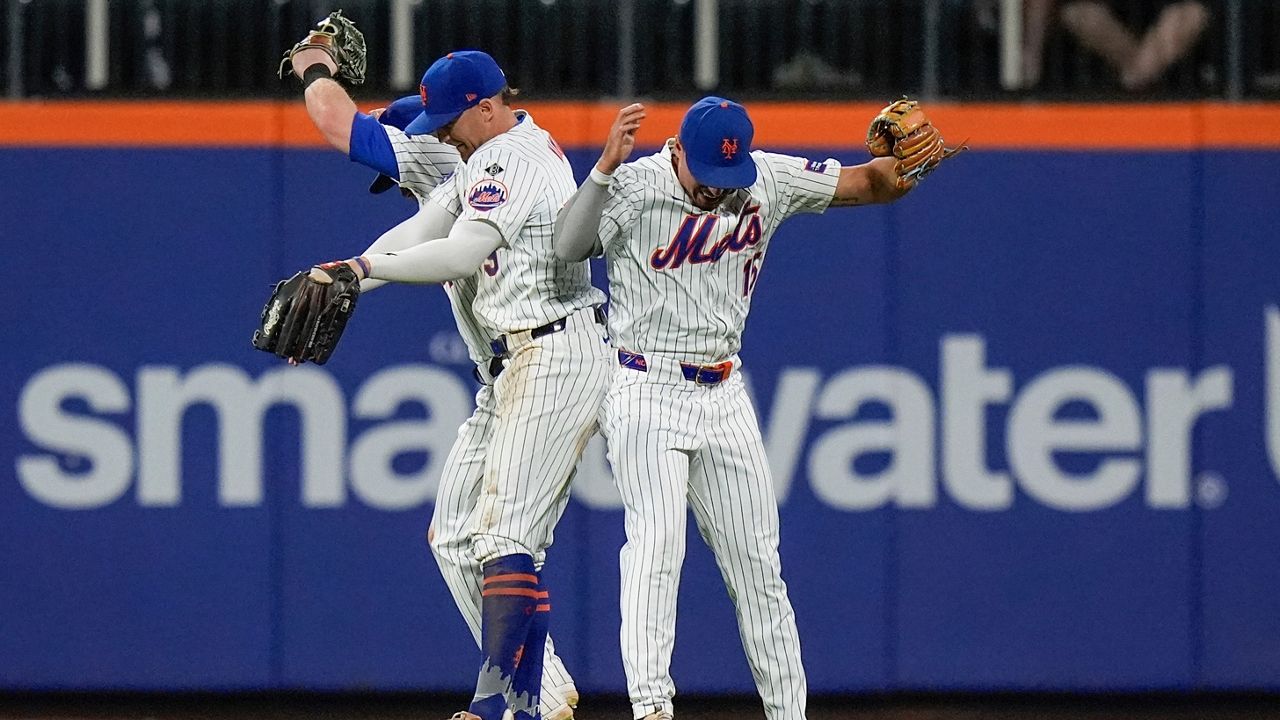If an offseason champion was crowned in Major League Baseball, the New York Mets would likely be the winner. They have spent nearly $500 million on free agents this offseason in a spending spree Queens has never seen before.
Steve Cohen was the man who made it all happen. The owner of the Mets is making it clear that he will spend as much money as needed to build a competitor, drawing comparisons to the late George Steinbrenner, who owned the New York Yankees from 1973 until 2010.
“George seemed bigger than life and passionate about baseball and brought a lot of life to the game,” Cohen told ESPN earlier this month. “He made baseball interesting. And he did it his way. I’m going to do it my way.”
Cohen’s way includes spending more than anyone else. He has assembled baseball’s largest payroll ever, projected to be over $350 million in 2023, according to Spotrac. Just over two years after buying the Mets for $2.4 billion, he is beloved by fans of his team for his willingness to spend big.
MLB’s new collective bargaining agreement — inked last spring — tries to limit teams from excessive spending by giving extra penalties to clubs with over $293 million in total payroll. The agreement, appropriately nicknamed the “Cohen Tax,” will impact the Mets this season.
But Cohen does not care.
“There are disparities in baseball. We know that to be true,” Cohen said in the ESPN interview. “I’m following the rules. They set the rules down. I’m following them.”
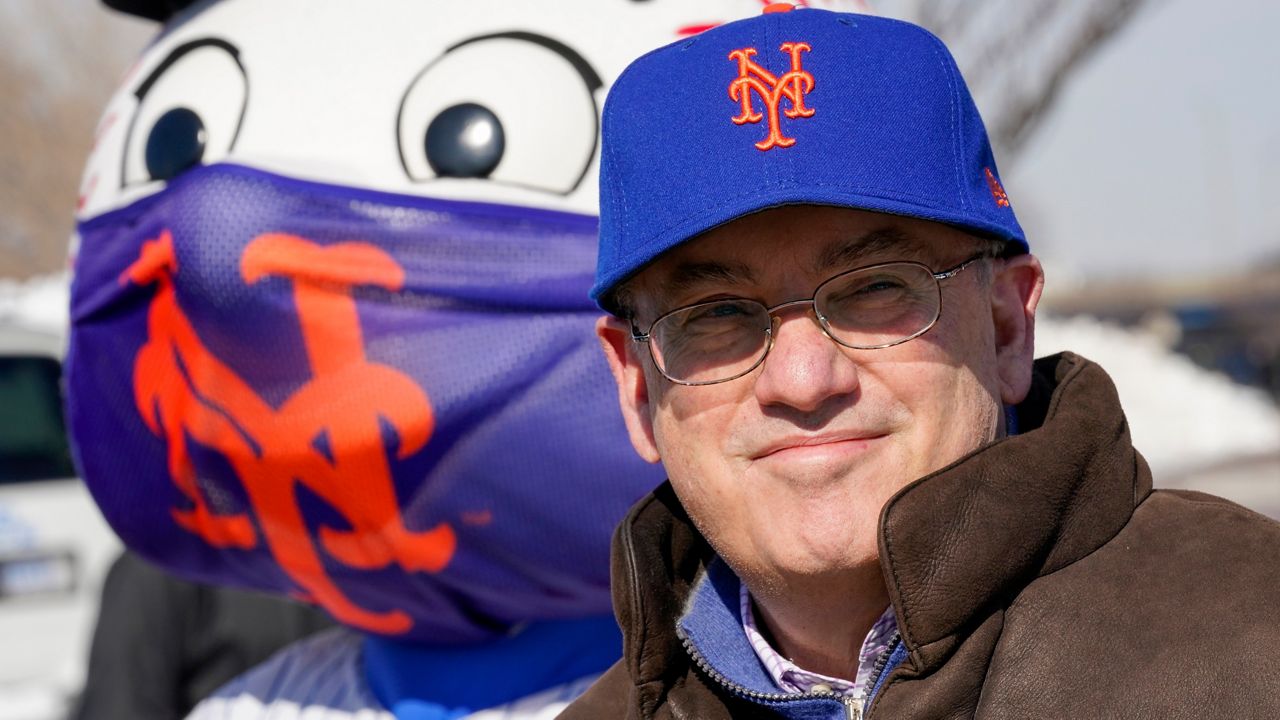
In the New York City market, owners like Cohen are held to a higher standard by their fans.
During the previous decade, many Mets fans became frustrated with the Wilpon family, who ran the team for decades prior to Cohen. Their limited spending made the Mets feel like stingy, small-town laggards, not a team that plays in the most populous city in the United States.
Cohen, on the other hand, is whipping out the checkbook and delivering on Big Apple expectations.
But will it lead to a World Series? That is the question. And Cohen’s pricey offseason acquisitions will play a role in answering it.
Their new ace is 39-year old Justin Verlander, a three-time Cy Young Award winner who is coming off a dominant season. Verlander produced an American League-best 1.75 earned run average, 0.83 WHIP (walks and hits per innings pitched) and 220 league-adjusted ERA+ (meaning his earned run average was 120% better than the league average) over 28 starts for the Houston Astros in 2022.
Kodai Senga also enters the starting rotation. He throws 100 mph and is famous for his forkball, which has eluded hitters so often that it is called the “ghost fork.” Senga joins the Mets after spending more than a decade in Japan with the Fukuoka SoftBank Hawks, where he won five Japan Series titles, recorded a 2.59 ERA and pitched 1,089 innings.
And Jose Quintana, a steady veteran hurler who had a career resurgence last year, can’t be forgotten about, either. He posted a 2.93 ERA and 137 strikeouts in 165.2 innings for the Pittsburgh Pirates and St. Louis Cardinals in 2022.
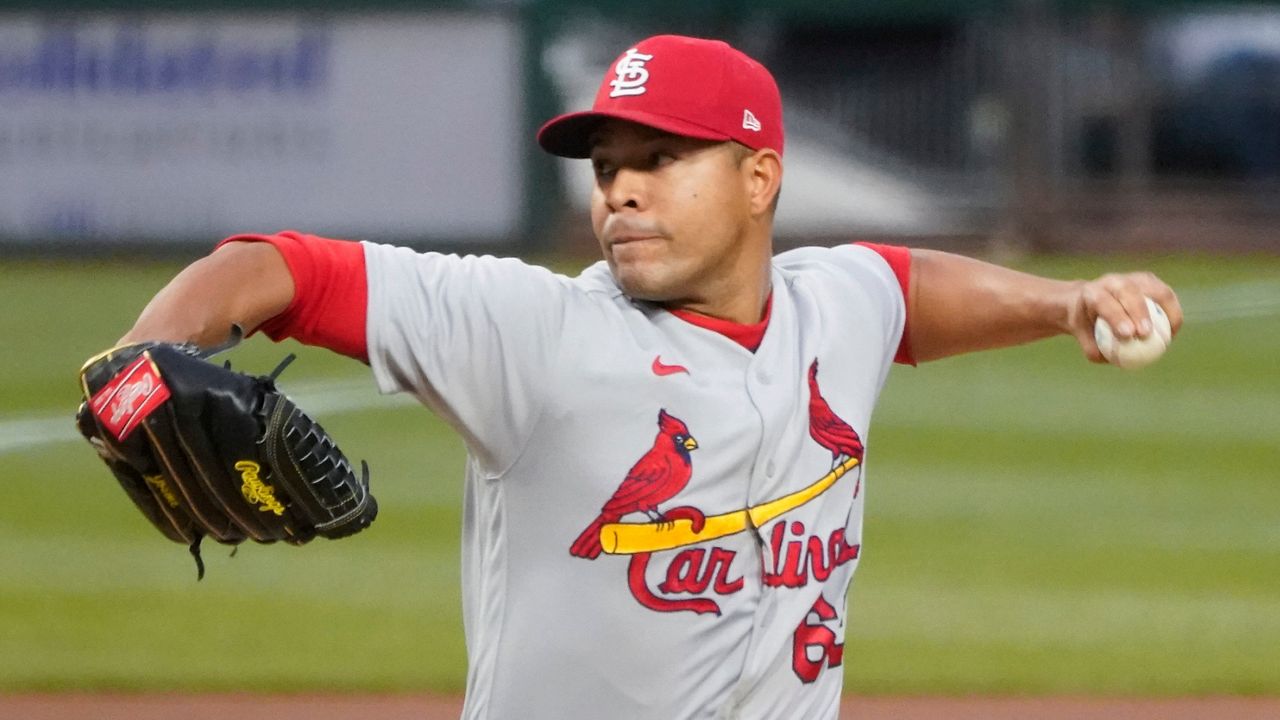
But these three starting pitchers have big shoes to fill. They will have to replace Jacob deGrom, Chris Bassitt and Taijuan Walker, who all bolted for new teams this offseason.
DeGrom, a franchise legend now on the Texas Rangers, will be the biggest loss. He showcased generational talent over the past few seasons with the Amazins, winning two Cy Young Awards. From 2018-21, deGrom notched a 1.94 ERA and averaged 12 strikeouts per nine innings — but he did miss extensive time in 2021 and 2022 due to injury.
With deGrom — plus Bassitt, Walker and sometimes-starter, sometimes-reliever Trevor Williams — gone, the Mets will have a starting rotation that is almost brand new. Their bullpen will look different, too, with David Robertson and Brooks Raley joining to pair with Adam Ottavino and star closer Edwin Diaz, who were re-signed to new deals.
Their offense, however, will remain mostly the same.
Veteran catcher Omar Narváez will replace James McCann. Tommy Pham will join the team as a fourth outfielder. Prospects Francisco Álvarez (catcher) and Brett Baty (third baseman) could see roles with the MLB squad this season.
But the usual stars — first baseman Pete Alonso, shortstop Francisco Lindor, second baseman Jeff McNeil and outfielder Starling Marte — are all back, as is center fielder Brandon Nimmo, who signed an eight-year contract extension in December.
The Mets did try to add infielder Carlos Correa to a massive contract to further bolster their lineup, but the deal fell through because of health concerns.
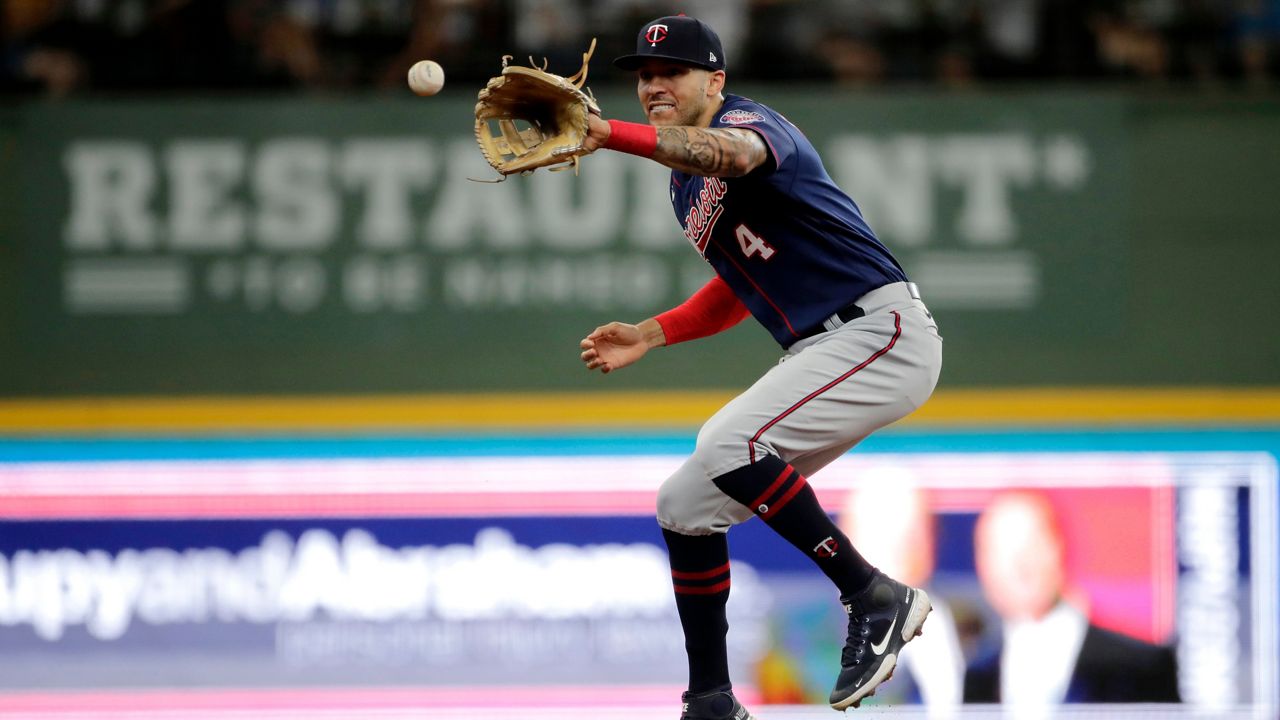
Correa is now back on the Minnesota Twins, and so the Mets will roll out a nearly identical lineup to last season — one that excelled at making contact, getting on base and not striking out.
Last year, the Mets struck out the third-fewest times of any MLB team, had the second-best batting average, scored the fifth-most runs and were fourth in hits.
“I like power, I like contact, I like on-base. I'm kind of greedy. I like it all,” general manager Billy Eppler told the media in January. “But I want to be able to beat anybody in any particular way. I think that fits our scheme. I think that fits our ballpark. I think there's reasons we should feel good about our offense.”
Their offense was good most of last year, but there were some issues. The team finished in the middle of the pack (8th out of 16 National League teams) in home runs. The bats slowed down as the season progressed, and the Mets struggled to get big hits at important moments.
That was apparent in their final game of 2022. Their postseason campaign ended with a whimper, as the Mets were shut out by the San Diego Padres in Game 3 of a best-of-three Wild Card Series.
But one offseason and a half-billion dollars later, the Mets enter spring training with high hopes, making 2023 a case study in payroll and roster management.
It will all start in Port St. Lucie this week. And if the Mets are not hosting a World Series parade in Queens this fall, winning the offseason will become a distant memory.




